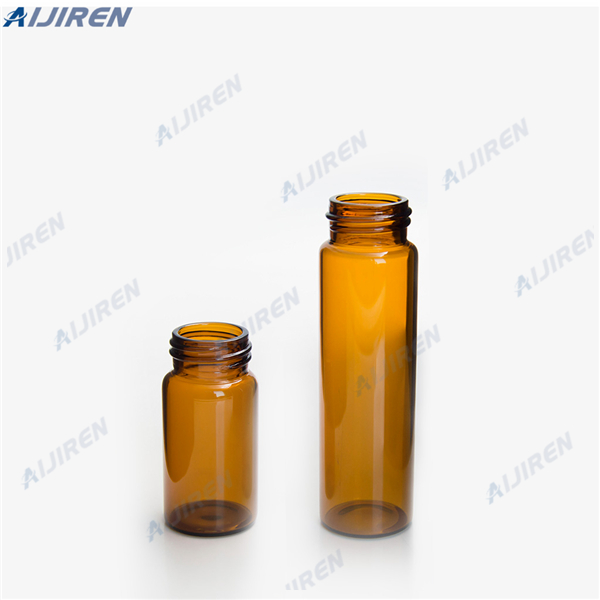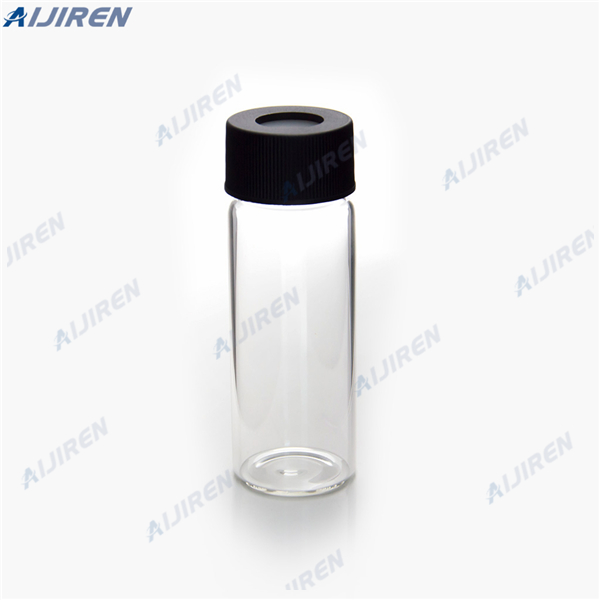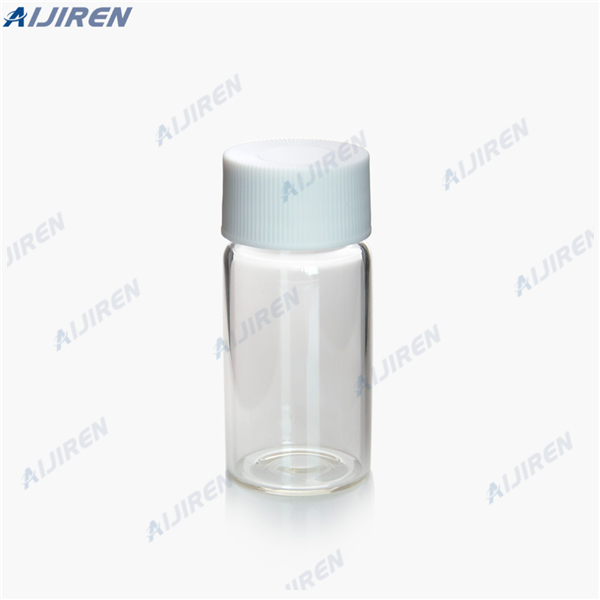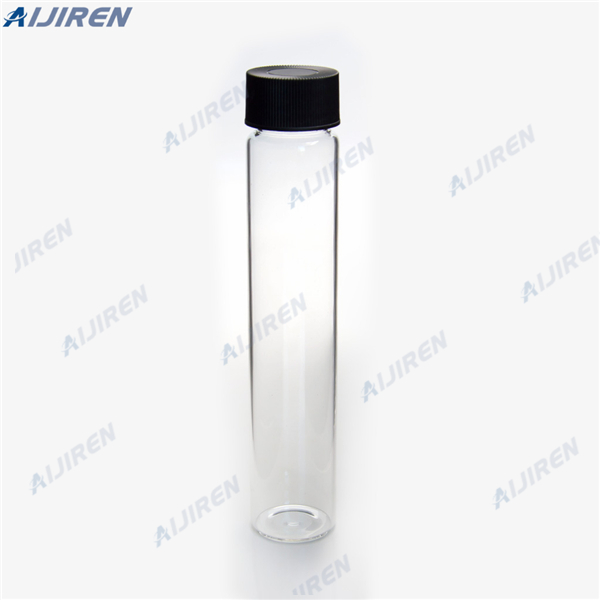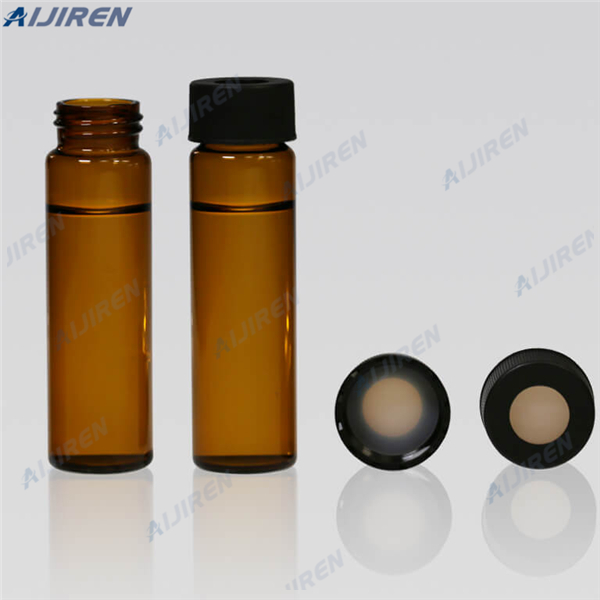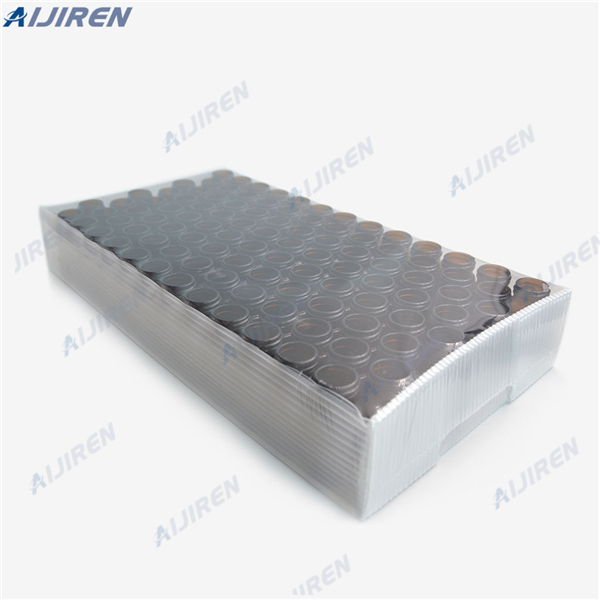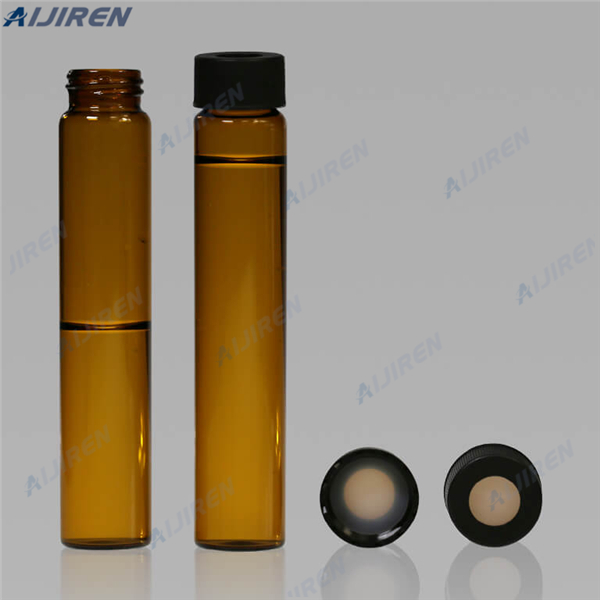Volatile chelators such as citric acid, acetylacetone, methylphosphonic acid, and medronic acids have been used for LC-MS analyses. However, the use of chelators can negatively impact chromatographic selectivity and MS sensitivity. To address these issues, we have explored the use of a hybrid organic/inorganic barrier surface applied to the metal
